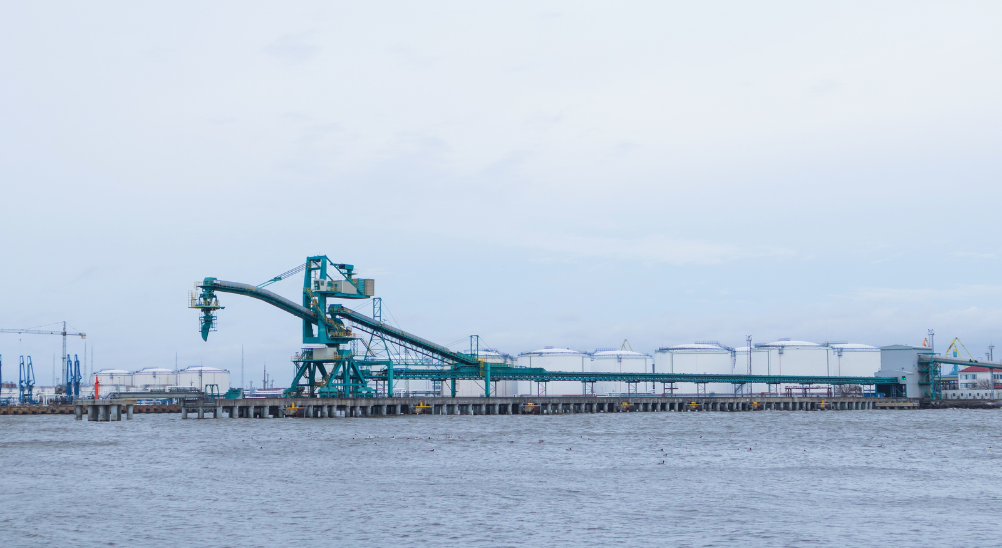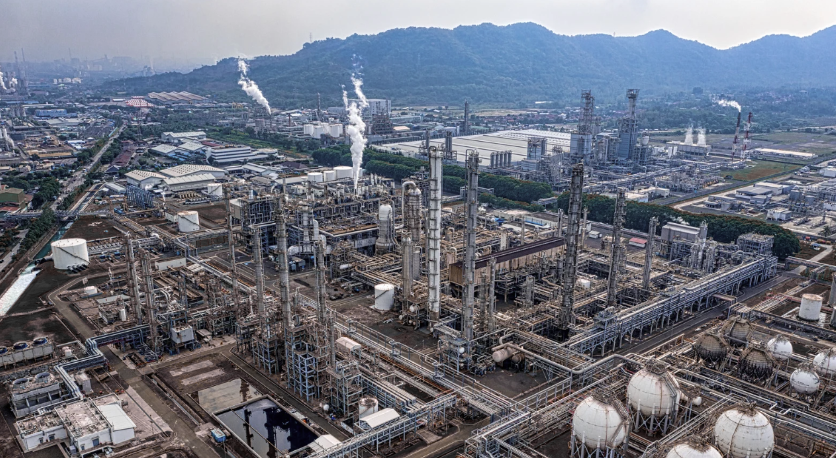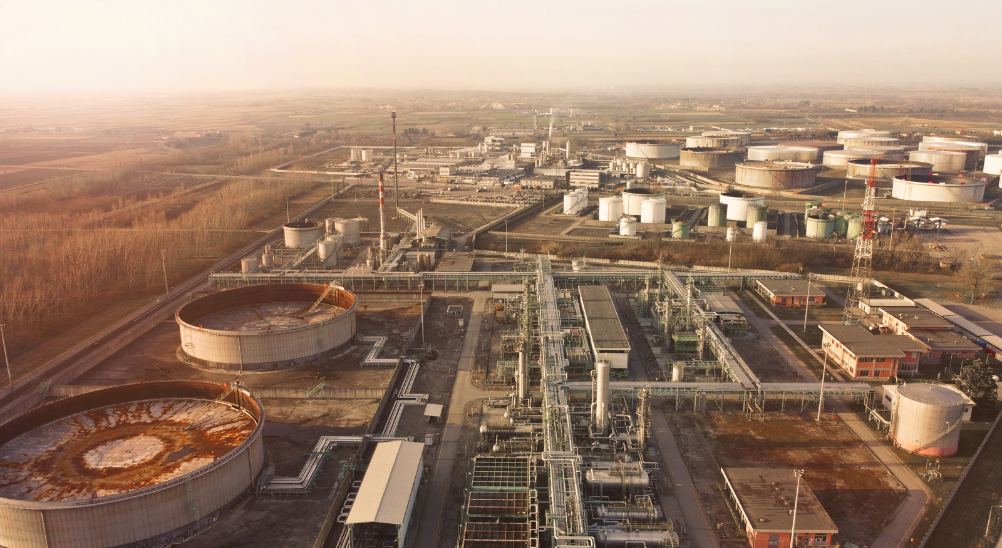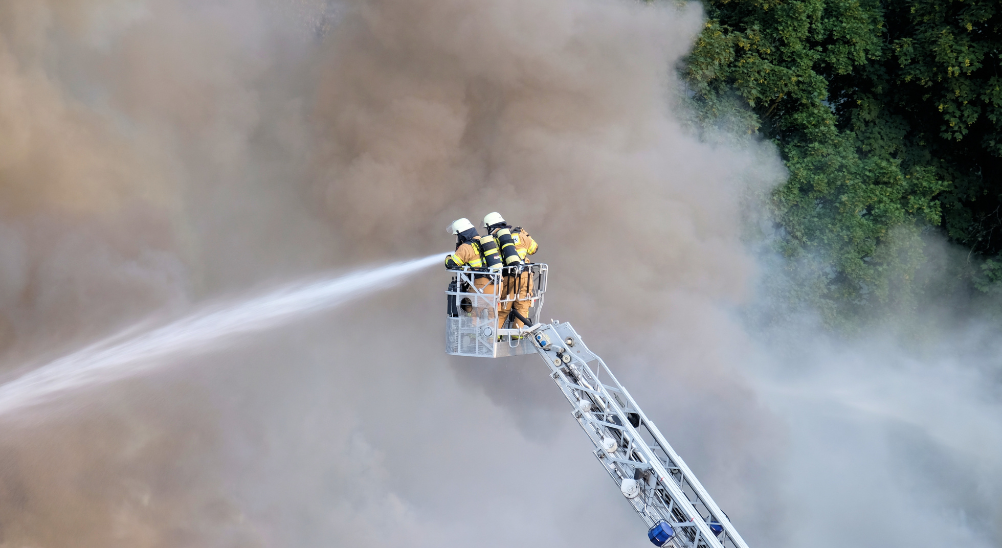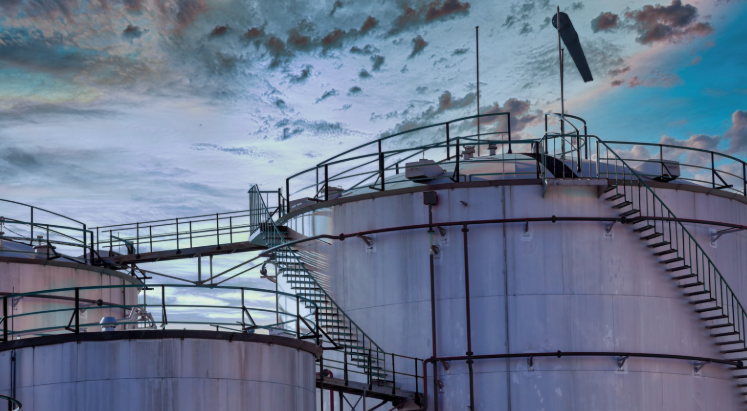Custom Foam Fire Suppression for Semiconductor Fabrication Risks
Sector: Semiconductor Manufacturing
Services: Customised Fire Suppression System Design & Testing
Context and Challenge
A leading semiconductor fabrication facility relied on statutory preaction and clean agent systems to manage fire risks. However, a detailed risk assessment revealed a critical weakness: these systems were not fast enough to counter the unique hazards within the plant. Flammable liquids used in wafer fabrication were so volatile that even static discharge could ignite them, leading to spill fires capable of rapidly damaging key process machinery and threatening both life and assets.
This presented a significant challenge. No commercially available solution could deliver the level of speed and reliability required. The facility needed a fast-acting foam system that could provide proven, demonstrable performance. Developing such a system from the ground up required both technical innovation and rigorous validation.
Our Approach
To address this, the engineering team drew inspiration from gas suppression technology while adapting it to foam application. Stainless steel cylinders were specially fabricated and paired with suppression valves, then filled with pre-mixed AR-AFFF foam. Detection was achieved using triple IR flame detectors capable of identifying ignition within milliseconds. Upon activation, solenoid valves would cascade the discharge sequence across the cylinders, releasing foam through carefully positioned nozzles over vats and machinery handling volatile liquids.
The design placed emphasis on integration, ensuring detection, actuation, and discharge worked seamlessly together. Every aspect of the system, from nozzle geometry to cylinder pressure, was engineered to deliver a rapid and effective response to spill fire scenarios.
Technical Solution and Innovation
Because no comparable system existed in the market, proving its effectiveness was essential. The team secured a certified Civil Defense testing ground where realistic conditions could be replicated. Ethanol pan fires were ignited to test the complete system logic, from flame detection through to foam discharge.
Initial trials revealed that nozzle performance was critical. Multiple nozzle types were tested with varying pressures, velocities, and aspiration characteristics to achieve the correct balance of aeration and spray pattern. Early failures underscored how sensitive foam system performance is to even minor changes in component behaviour. To build resilience into the design, the tests used less foam than the full design basis, creating a two-fold safety margin.
After iterative adjustments and refinements, the system achieved repeatable, rapid fire knockdown. These final demonstrations, witnessed by the authority having jurisdiction, confirmed that the system performed reliably under demanding conditions. The testing process highlighted the importance of treating a foam system as a fully integrated ecosystem rather than a collection of type-approved parts. Success depended on precise optimisation of every element—foam chemistry, flow rates, nozzle design, and detection response.
Outcomes and Benefits
The project delivered a bespoke foam suppression system capable of extinguishing volatile liquid fires with remarkable speed. For the client, this meant critical semiconductor assets could be protected against one of the most severe operational risks. The extensive testing programme provided credible assurance to both the owner and the AHJ, ensuring confidence in the system’s effectiveness before installation.
Beyond compliance, the system offered a tailored solution that addressed the very specific fire hazards present in semiconductor fabrication. By overcoming a gap unserved by conventional fire protection systems, the project delivered not just immediate protection but also long-term operational value for the facility.
Why This Matters
Semiconductor manufacturing presents some of the most complex and demanding fire protection challenges of any industrial environment. Fabrication facilities use a wide range of hazardous chemicals and processes, many of which create conditions where fires can ignite and escalate with little or no warning.
Among the most significant risks are flammable solvents used for cleaning and photolithography, such as isopropyl alcohol, acetone, and other volatile organics. These liquids are both highly mobile and easily ignited, making even minor spills a serious fire hazard. In addition, fabs frequently handle pyrophoric materials—substances such as silane or trimethylaluminium that ignite spontaneously upon contact with air. Pyrophorics are widely used in processes like chemical vapour deposition (CVD) and pose unique safety risks, since even trace leaks can trigger immediate combustion.
The equipment itself also introduces hazards. Tools for wafer processing often operate with hydrogen, toxic gases, or flammable vapours under high temperatures, creating ignition sources within confined enclosures. Wet benches and chemical delivery systems handle concentrated acids and solvents in bulk, where leaks or malfunctions can lead to rapid escalation. Even static electricity from automated handling systems can be sufficient to ignite volatile vapours near sensitive machinery.
These combined risks mean that conventional suppression systems—often designed for slower-developing fires—are insufficient in a fabrication environment. Protection strategies must address both the speed of ignition and the high energy release associated with semiconductor fires.
The foam suppression system developed in this project provides a critical layer of resilience against these hazards. By delivering proven, rapid fire knockdown across targeted equipment areas, it directly mitigates the risk of catastrophic loss of assets and ensures a safer working environment for personnel. This project illustrates how customised engineering solutions can deliver real-world protection in industries where traditional fire safety technologies fall short.


